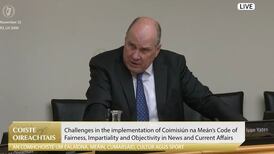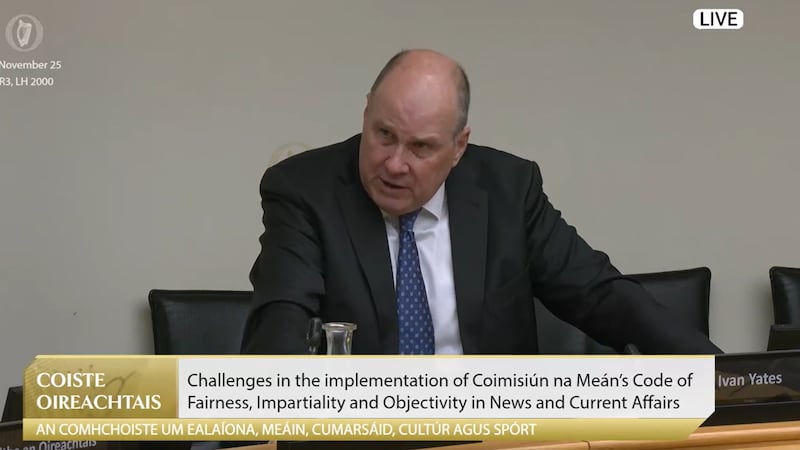There is a dead heat between Enda Kenny and Micheál Martin as to whom would make the best taoiseach after Friday's general election, according to the Irish Times/Ipsos MRBI poll.
Asked which of the four main party leaders they would prefer to see as taoiseach, 24 per cent of respondents opted for Mr Kenny and the same percentage for Mr Martin.
Sinn Féin leader Gerry Adams was supported by 12 per cent, while just 4 per cent preferred Labour Party leader Joan Burton.
Both Mr Kenny and Mr Martin got strong backing from their own supporters, with 72 per cent of Fine Gael voters opting for Mr Kenny and 71 per cent of Fianna Fáil supporters backing Mr Martin.
There were significant differences across the social classes, with Mr Kenny ahead by almost two to one among the best-off AB voters and farmers, while Mr Martin was ahead among less well-off C2 and DE voters.
Across the regions Mr Kenny was ahead in Dublin and the rest of Leinster, while Mr Martin was ahead in Munster and Connacht-Ulster.
Mr Kenny had significantly more support among men than women, while Mr Martin came out ahead among younger voters. The strongest support for Mr Adams came among the least well-off C2 and DE voters.
Fine Gael-Labour coalition
As to what form of coalition they would like to see after the election, a Fine Gael-Labour combination came out ahead with 28 per cent backing, followed by a Fine Gael-Fianna Fáil coalition supported by 20 per cent.
A Sinn Féin-led coalition including the AAA and Independents was backed by 17 per cent of voters, while 36 per cent either had no opinion or did not support any of the three options put forward.
About two-thirds of Fine Gael and Labour voters favoured a coalition involving their parties, although a significant minority of Fine Gael voters, 23 per cent, favoured a coalition with Fianna Fáil.
Among Fianna Fáil voters, 43 per cent favoured a coalition with Fine Gael but 45 per cent of the party supporters favoured none of the three options, or had no opinion.
Better-off voters favoured a coalition involving the current Coalition partners but ordinary middle-class voters were more attracted to a Fine Gael/Fianna Fáil coalition.
Economy
Among the poorest DE voters, a Sinn Féin-led coalition was the favoured option.
Asked if they believed the economy was an issue for them in deciding who to vote for, 70 per cent said it was very important and 21 per cent said it was fairly important.
Fine Gael and Labour voters gave the highest rating to the economy but Fianna Fáil supporters were not far behind. Sinn Féin voters gave the economy a lower level of importance than other party supporters.
In line with that finding, DE voters gave the economy a lower level of importance than other social categories, with the best-off AB voters giving it the highest rating.
Across the age groups, the youngest cohort – aged 18 to 24 – gave the economy the least importance, while Dublin voters were less inclined than voters in other parts of the country to rate it very highly.
On the question of which party would be best at delivering a successful economy over the next five years, Fine Gael comes out ahead with 29 per cent, putting the party in first place, followed by Fianna Fáil on 19 per cent, Sinn Féin on 11 per cent and Labour on 4 per cent.
The AB voters and farmers put Fine Gael far ahead of other parties on the economy, while the DE voters preferred Fianna Fáil - but by a small margin.
Fine Gael’s lead was strongest among older voters and among those living in Munster and the rest of Leinster.













